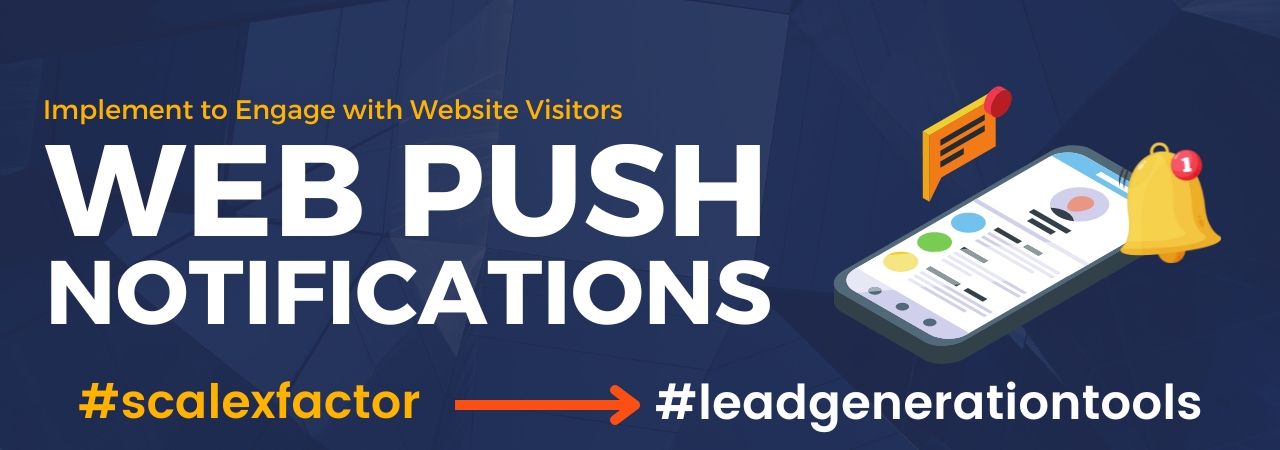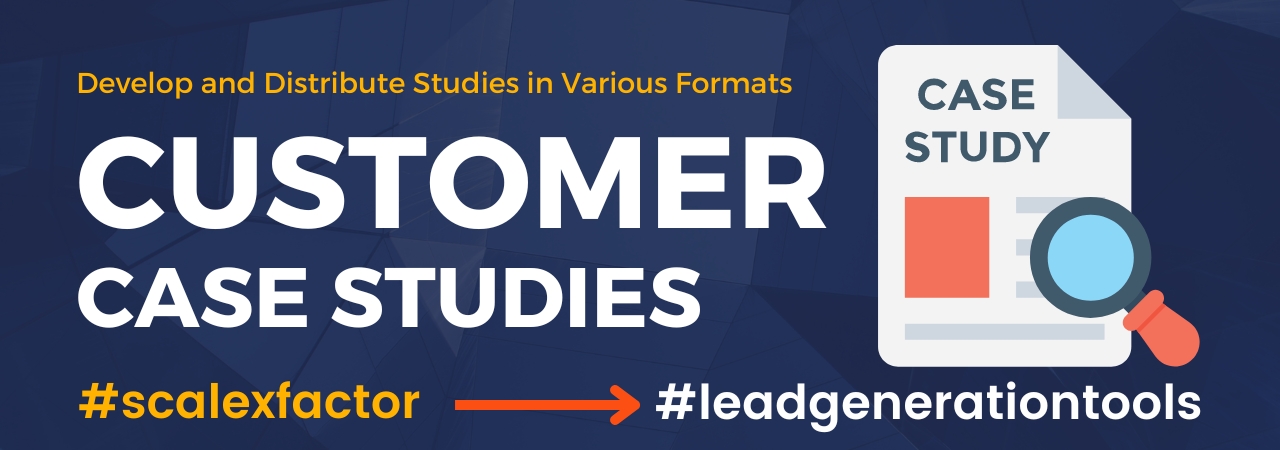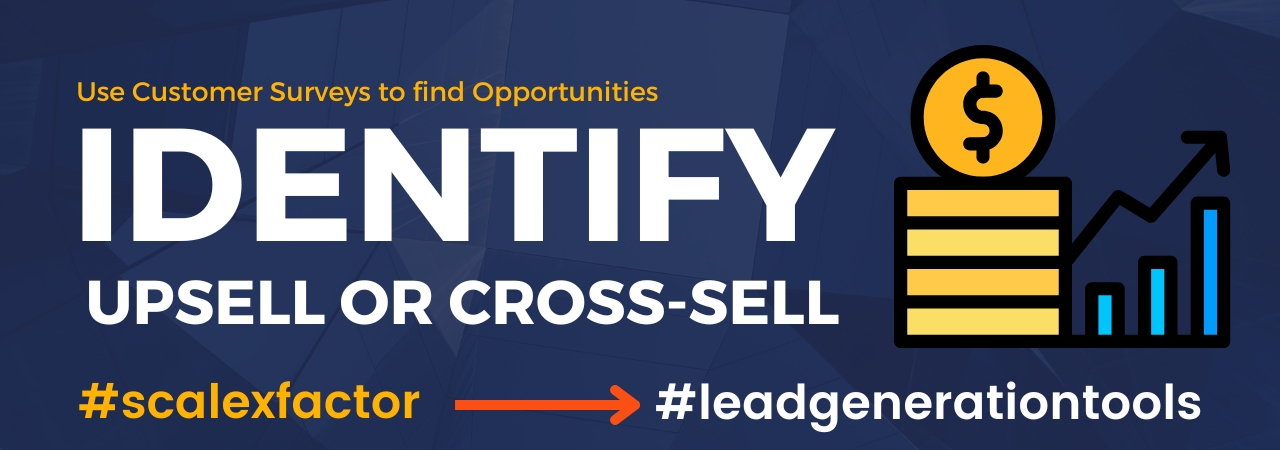Introducing Our Lead Generation Powerhouse: Strategies for Success
In the ever-evolving landscape of digital marketing, staying ahead of the curve is essential. Are you ready to supercharge your lead generation efforts and unlock a world of engagement, conversions, and business growth? Look no further. In this exciting blog post, we’re diving into three dynamic strategies that will take your lead generation game to new heights.

From the instant impact of web push notifications to the captivating allure of customer case studies, and the invaluable insights gleaned from customer satisfaction surveys, we’re about to unveil a toolkit of tactics that will revolutionize your approach. Whether you’re a seasoned marketer or just dipping your toes into the lead generation pool, these strategies, backed by the power of keyword tools, will equip you with the tools you need to succeed.
Lead Generation Tools & Strategies
| Strategy | Description |
|---|---|
| Implement Web Push Notifications | Engage website visitors instantly with web push notifications, delivering timely updates, offers, and valuable content. |
| Develop and Distribute Customer Case Studies | Showcase success stories through videos, written testimonials, and infographics to build trust and make an emotional connection. |
| Use Customer Satisfaction Surveys | Identify upsell and cross-sell opportunities by collecting customer feedback, enhancing the customer experience, and making data-driven decisions. |
Ready to seize the spotlight and make your mark in the world of lead generation? Let’s embark on this journey together and discover how to engage your audience, showcase your success stories, and uncover hidden growth opportunities. Buckle up, because we’re about to embark on a thrilling ride through the realm of lead generation mastery.
Stay tuned as we delve into each strategy, uncovering their benefits, potential drawbacks, and answering the burning questions you may have. It’s time to unleash the lead generation powerhouse within you!
94. Implement Web Push Notifications to Engage with Website Visitors
Engaging with your website visitors just got even easier! Say hello to web push notifications, a nifty tool that pops up right on your screen to share exciting updates, special offers, or important information.

Imagine getting a quick heads-up about a flash sale or a new blog post without even checking your email.
Pros:
- Instant Reach: Reach your audience immediately, grabbing their attention promptly.
- Increased Engagement: Encourage users to return to your website for more interaction.
- Personal Touch: Tailor messages based on user behavior for a personalized experience.
- Higher Click Rates: Experience higher click-through rates compared to traditional emails.
- User-Friendly: Opting in or out is a breeze, giving users control over notifications.
Cons:
- Opt-Out Risk: Users may disable notifications if they find them intrusive.
- Overload Potential: Excessive notifications might annoy visitors rather than engage them.
- Content Constraints: Notifications are short, limiting the message you can convey.
- Compatibility Concerns: Not all devices and browsers support push notifications.
- Permission Required: Users must grant permission to receive notifications.
FAQ:
- How do I set up web push notifications on my site? You can use tools like PushEngage or OneSignal to integrate push notifications easily.
- Do push notifications work on mobile devices? Yes, they work on both desktop and mobile browsers.
- Can I customize when users receive push notifications? Absolutely, you can schedule notifications based on users’ time zones.
- How can I measure the success of my push notification campaigns? Track click rates, conversions, and engagement metrics using analytics tools.
- Are push notifications effective for e-commerce businesses? Certainly, they’re great for promoting flash sales, limited-time offers, and abandoned cart reminders.
95. Develop and Distribute Customer Case Studies in Various Formats
Want to showcase your product’s success stories? Look no further than customer case studies! These are real-life accounts of how your product or service solved a problem and brought smiles to your customers’ faces.

Plus, they come in various exciting formats, so you’re sure to capture your audience’s attention.
Pros:
- Trust Builder: Build trust by sharing real stories of satisfied customers.
- Engaging Variety: Use videos, written testimonials, and infographics to cater to different preferences.
- Proof of Value: Demonstrate how your offering has tangible benefits in real-world scenarios.
- Prolonged Visits: Keep visitors on your site longer as they dive into captivating narratives.
- Versatile Tool: Effective for both B2B and B2C marketing strategies.
Cons:
- Cooperation Needed: Creating quality case studies requires collaboration with willing customers.
- Time-Consuming: Crafting compelling case studies can be quite an investment in time and effort.
- Audience Fit: Case studies may not resonate with every visitor or target audience.
- Indirect Conversion Impact: Measuring direct conversions from case studies can be challenging.
- Content Availability: You’re dependent on having a pool of successful customer stories to showcase.
FAQ:
- What should a case study include? A good case study highlights the customer’s problem, the solution you provided, and the positive results achieved.
- Can I use fictional case studies? While real stories are best, you can create fictionalized versions if needed, but authenticity is key.
- How do I share case studies effectively? Share them on your website, social media, and in email campaigns to reach a wider audience.
- Are video case studies more impactful than written ones? Video case studies can be more engaging, but written ones allow for easier scanning of information.
- Can I repurpose case studies for other content? Absolutely, elements of case studies can be repurposed into blog posts, presentations, and more.
96. Use Customer Satisfaction Surveys to Identify Upsell or Cross-Sell Opportunities
Curious about what your customers really think? Customer satisfaction surveys are here to help! They’re like a friendly conversation starter that can unveil hidden opportunities.

By understanding what your customers love and what they might need more of, you can offer them tailored products or services.
Pros:
- Insightful Understanding: Gain insights into customer preferences and pain points, helping you fine-tune your offerings.
- Spot Opportunities: Identify potential upselling or cross-selling chances based on customer feedback.
- Enhanced Experience: Respond to customer needs, enhancing their overall experience.
- Data-Driven Decisions: Make informed decisions backed by data and customer input.
- Stronger Relationships: Use insights to build stronger, more personalized customer relationships.
Cons:
- Survey Fatigue: Customers might grow tired of surveys, leading to lower response rates.
- Complex Analysis: Analyzing survey data and drawing actionable insights can be challenging.
- Bias Possibility: Some customers may provide biased or inaccurate feedback, affecting the reliability of results.
- Effective Design Needed: Designing surveys to yield meaningful insights requires careful consideration.
- Industry Suitability: Not all industries or niches may benefit equally from customer satisfaction surveys.
FAQ:
- How often should I conduct customer satisfaction surveys? Depending on your business cycle, conducting surveys annually or quarterly can be effective.
- What should I include in a survey? Include questions about product experience, customer support, and suggestions for improvement.
- How do I analyze survey data? You can use survey analysis tools or software to organize and interpret the data effectively.
- Can I automate survey distribution? Yes, survey platforms allow you to automate survey distribution and data collection.
- What if customers provide negative feedback? Negative feedback is valuable for improvement; respond promptly and take necessary actions.




